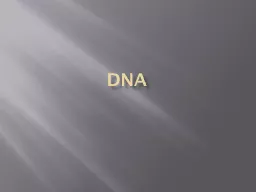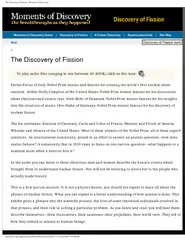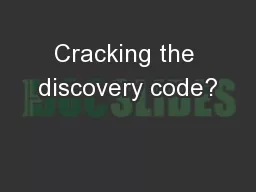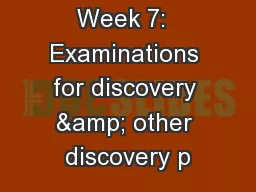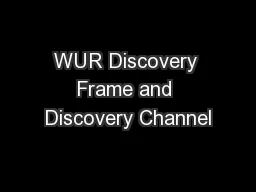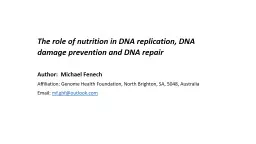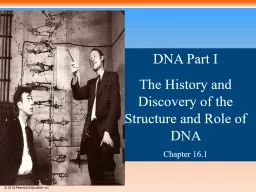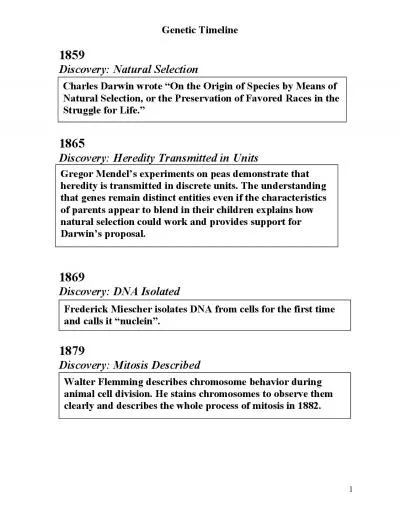PPT-DNA Discovery
Author : tawny-fly | Published Date : 2016-07-23
Griffith First major experiment that led to DNA in 1928 Studied 2 strains of Streptococcus pneumoniae Sugar coated strain S caused pneumonia Non sugar coated strain
Presentation Embed Code
Download Presentation
Download Presentation The PPT/PDF document "DNA Discovery" is the property of its rightful owner. Permission is granted to download and print the materials on this website for personal, non-commercial use only, and to display it on your personal computer provided you do not modify the materials and that you retain all copyright notices contained in the materials. By downloading content from our website, you accept the terms of this agreement.
DNA Discovery: Transcript
Download Rules Of Document
"DNA Discovery"The content belongs to its owner. You may download and print it for personal use, without modification, and keep all copyright notices. By downloading, you agree to these terms.
Related Documents

